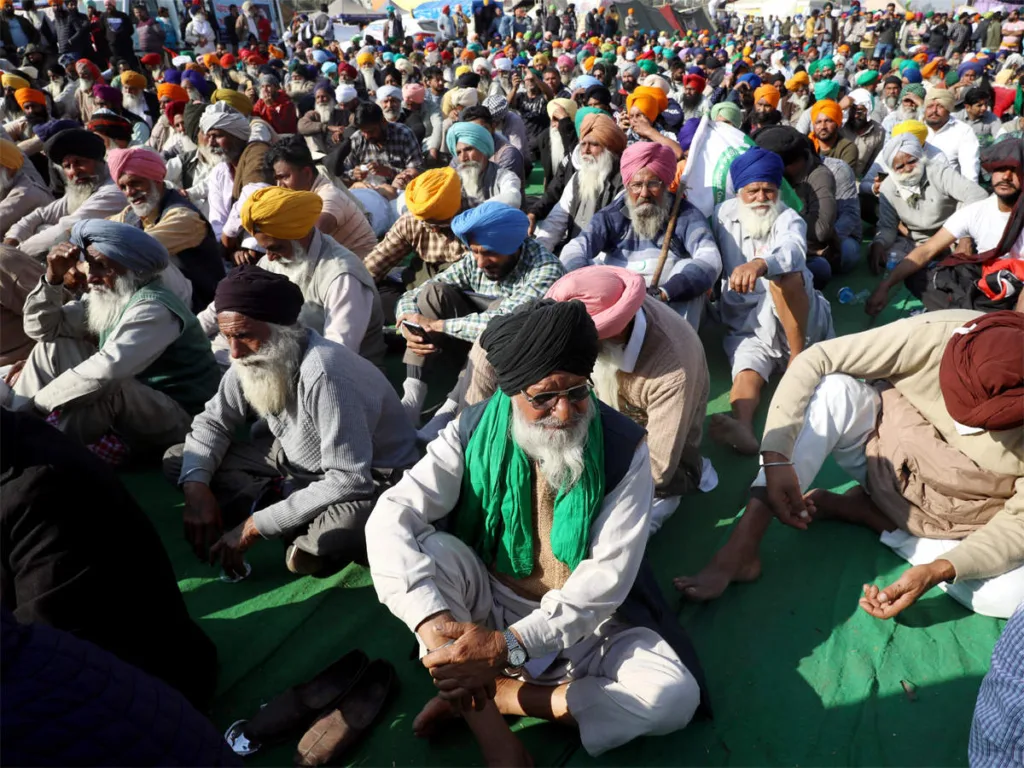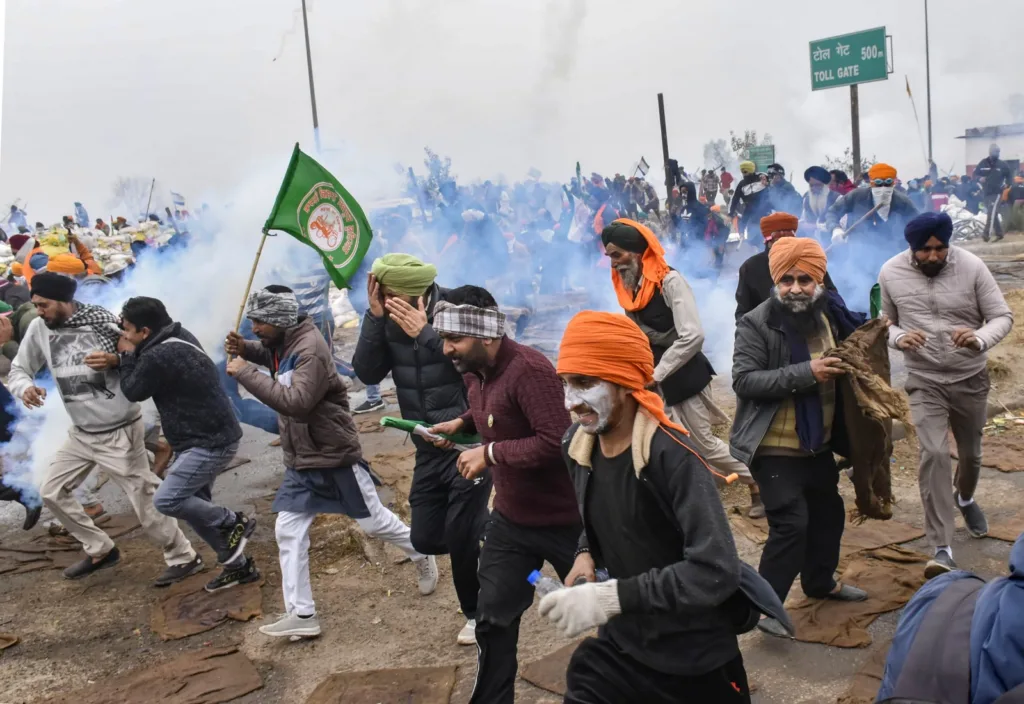
Introduction: Farmers across India have once again taken to the streets, reminiscent of protests witnessed three years ago. In 2021, the government retracted newly enacted agricultural policies following widespread demonstrations. The 2020 Farm Act aimed to empower farmers to sell their produce freely in any market beyond local Mandis, intending to enhance the agricultural supply chain by introducing private players. Today, farmers are protesting anew, seeking further concessions from the government, buoyed by their past victory.
Current Situation and Market Impact: As the protests unfold amid an impending National Election, the stock market remains largely unaffected. Stable foodgrain prices and minimal disruptions in supply and demand, except for some reported hiccups in the National Capital Region (NCR), contribute to this stability. There’s a prevailing belief in the market that the government is unlikely to concede to excessive demands due to potential fiscal ramifications.
Demand for Increased Minimum Support Price (MSP): A significant demand from farmers is the elevation of the Minimum Support Price (MSP) and an extension of the scheme to cover all crops. While the existing MSP formula accounts for expenses on inputs and family labor, farmers advocate for the implementation of the Dr. Swaminathan Commission’s MSP, which calculates MSP at 50% above A2+FL+C2 formulae, incorporating additional costs like interest and depreciation.

Fiscal Implications: Incorporating C2 into MSP calculations could potentially lead to a substantial increase in foodgrain prices, estimated between 10% to 30%. Additionally, demands to raise MGNREGA wages and extend the work period would significantly escalate the fiscal burden, challenging the government’s budgetary allocations.
Regional Dynamics and Evolution of Agriculture: The agitation is primarily concentrated in Punjab, Haryana, and North Uttar Pradesh, regions that have historically benefited from green revolution programs focused on wheat and rice. However, as India transitions towards self-reliance, the associated benefits have diminished, alongside escalating production costs and living standards. Diversifying into alternative food grains with lower water requirements backed by guaranteed MSPs could be a sustainable solution.

Conclusion: A resolution to the farmers’ agitation necessitates dialogue and compromise between the government and farmers’ associations, particularly from Punjab, Haryana, and North Uttar Pradesh. The focus should be on fostering diversification in agriculture, ensuring sustainability, and addressing the concerns of farmers while balancing fiscal constraints.

